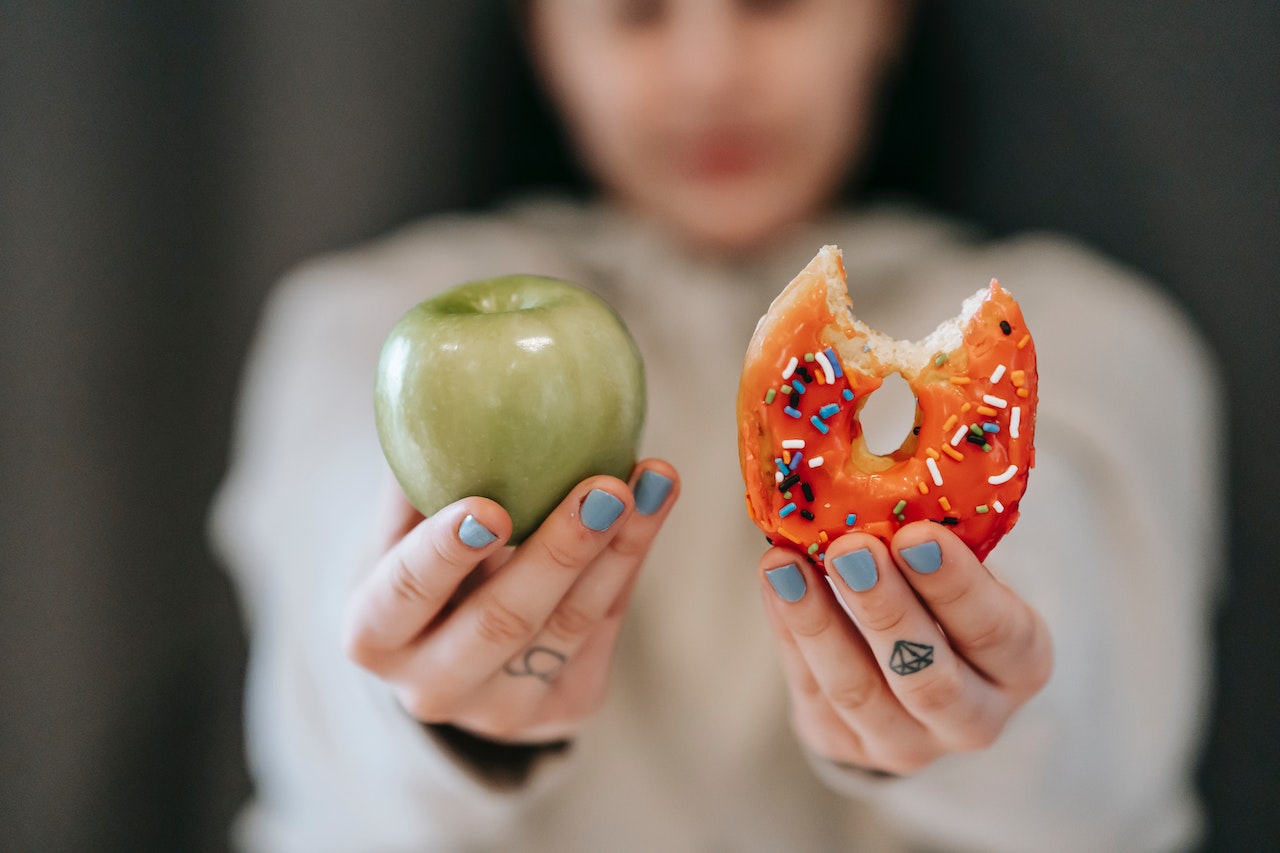Are you considering a vegan lifestyle but do not know where to begin? There are various reasons why a plant-based diet is desirable for you. For some, it means reducing the risk of chronic disease, reducing the effects of climate change, or saving the lives of animals by changing your diet. Along with being healthier and more sustainable for the environment, switching to a plant-based diet can help you save time and money. Here you will find some simple ways you can make the transition.
1. Start Slowly
Whether you decide to go vegan or want to try to include more plant-based foods into your diet, start slow. There is a lot of misinformation and odd ideas about veganism, and it can be easy to get overwhelmed. Start slowly, and focus on what is healthy or new to you. Try making a dish with one or two fresh ingredients, like mushrooms or kale, rather than overhauling your entire diet. Suddenly changing from animal products to plant-based food can sometimes shock your system, so a gradual transition is essential. Some may find it to be beneficial to include digestive enzyme supplements.
2. Keep Your Motivation
You can stay healthy and feel better physically on a plant-based diet, reduce your ecological footprint or stop supporting animal agriculture – whatever your inspiration, you can do it! Your push to change your diet significantly is essentially up to you. It will be helpful for you to write down why it is important to you and research it regularly to keep it in your thoughts. Your motivations for not eating animal products are personal, and you may find that you resonate with them more and more as time passes.
3. Stock Your Kitchen
Be sure to stock up on various vegetables, fruits, whole grains (such as brown rice, buckwheat, amaranth, quinoa, and sprouted and sourdough bread) and legumes (such as chickpeas, lentils, black beans, and organic soybeans). Items like tofu, nuts, nut butter, and seeds are also great additions. In addition to filling up your pantry with the good stuff, keep your pantry from overflowing by reducing or donating the less healthy products.
4. Do Some Menu Planning
It will be helpful for you to consider planning your meals and snacks ahead of time. Meal prepping makes cooking more manageable and can help you maintain a plant-based diet. It will benefit you to have your meals and snacks already prepared. It will discourage you from reaching for convenience items not part of the new diet change you are creating for yourself. Additionally, having something ready to cook or eat when you are hungry can make your life easier!
5. Do the Switch Up
Processed foods have been a staple of American diets for decades, but more and more people are aware that these foods are anything but healthy. Processed foods are convenient and easy to come by, but they contain high amounts of salt, sugar, fat, and calories, along with a long list of chemicals our bodies do not want to process. You can find healthy replacements for almost any aminal product that will be very satisfying. For instance, you can use plant milk instead of cow’s milk, replace eggs with flax eggs and make your salad dressing with natural ingredients.
Also read: Gut-Changing Fitness & Nutrition Trends
6. Eat More
You should not feel restricted or limited when eating plant-based foods since they contain fewer calories and more nutritional content. Eating until you feel satisfied would be best since these choices are lower in calories. You can add more vegetables to your dinner plate, and adding an apple or some kale to smoothies is an excellent way to increase your intake of fruits and vegetables.
A plant-based diet is safe and healthy, but it does require planning and lifestyle changes to enjoy it. Plant-based diets can positively impact the environment while maintaining your already healthy lifestyle. Once you transition into your new vegan lifestyle, you will find great satisfaction in what you have achieved.






